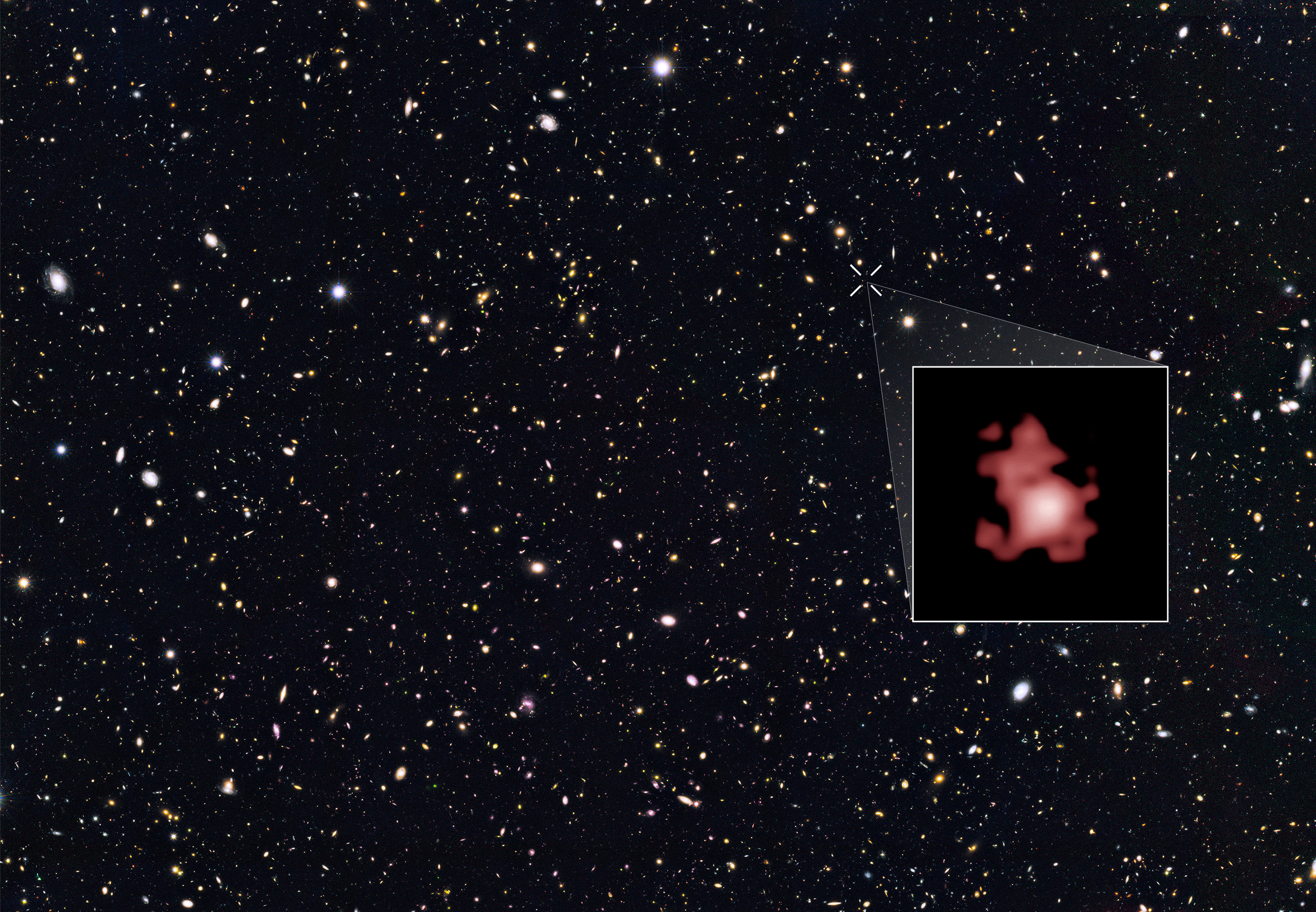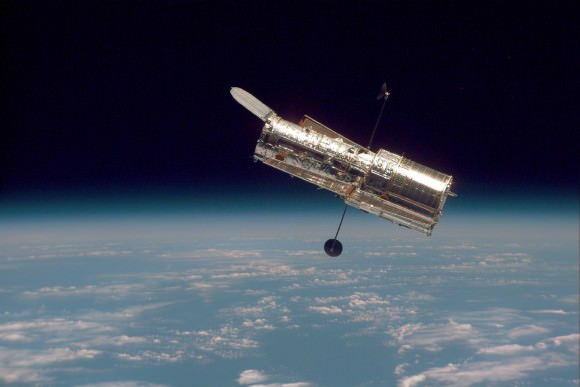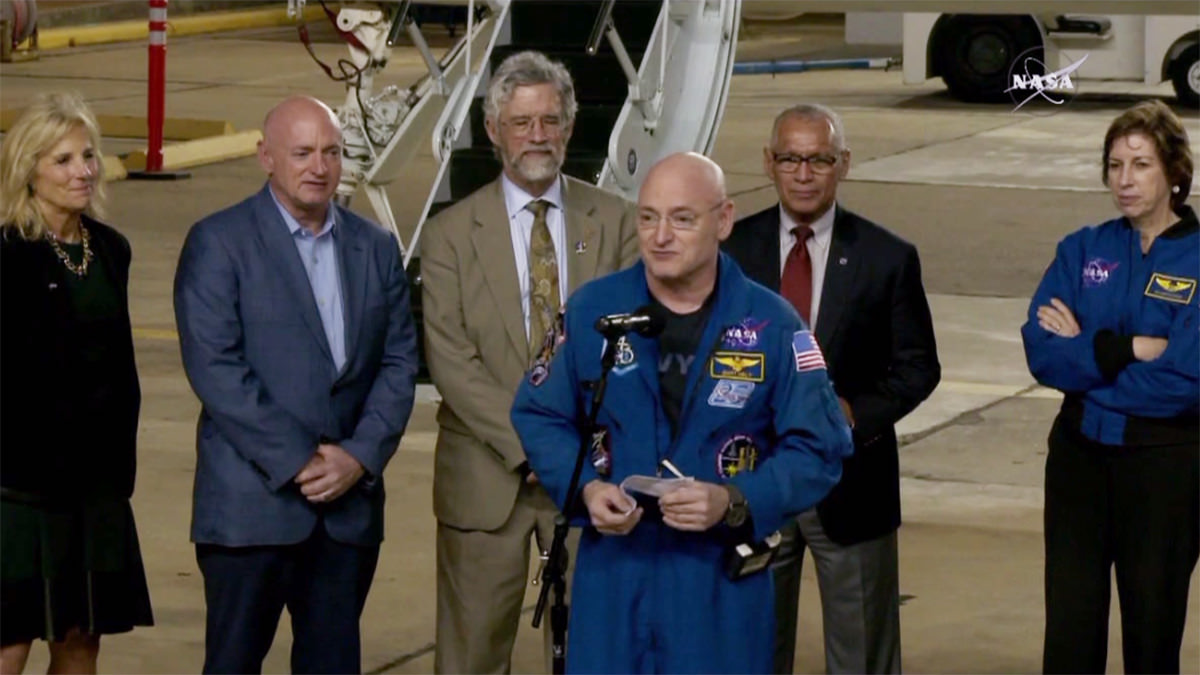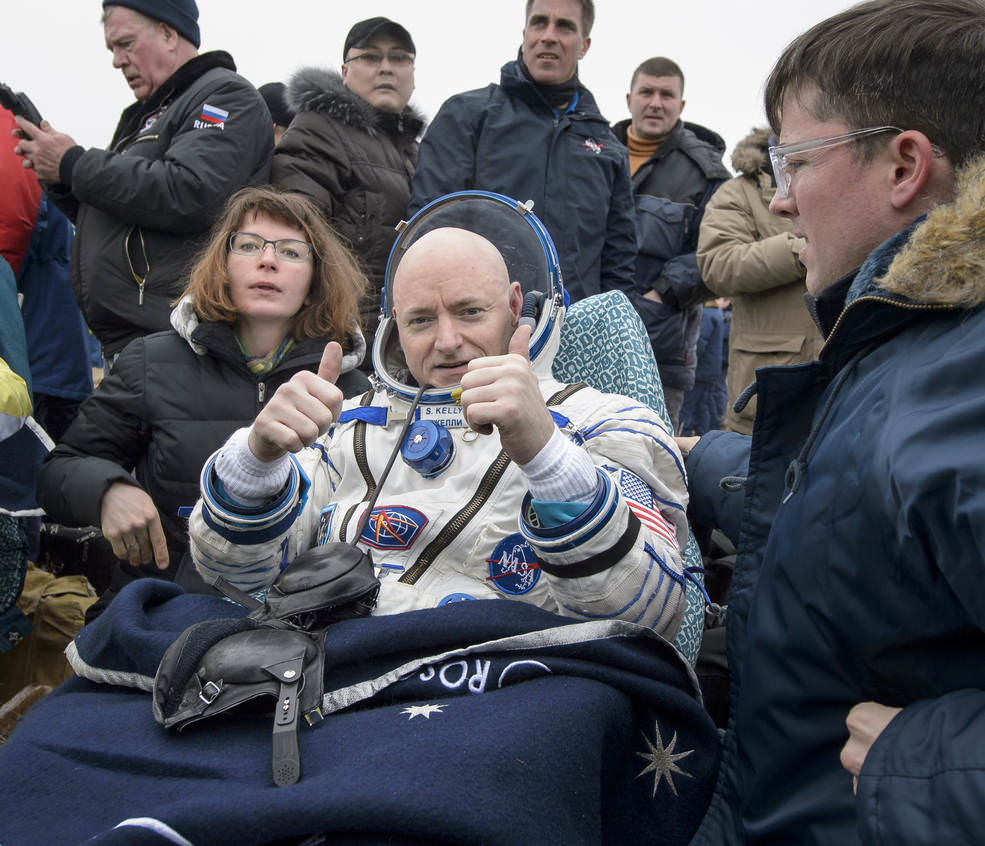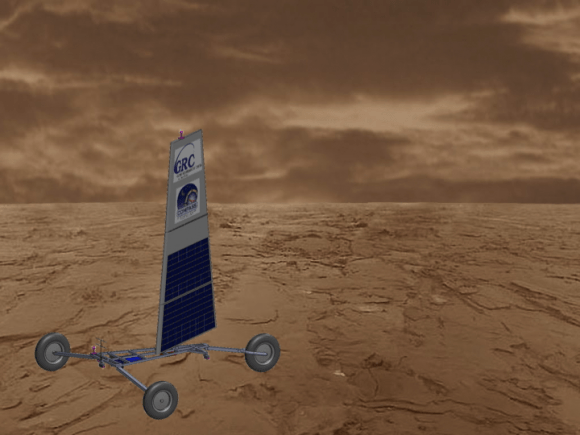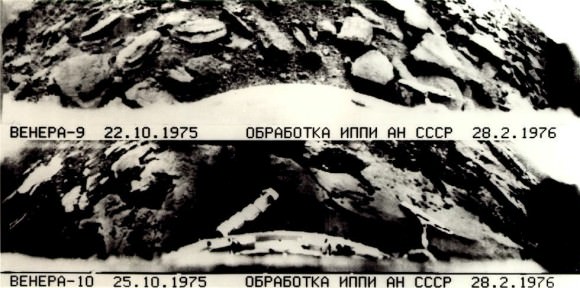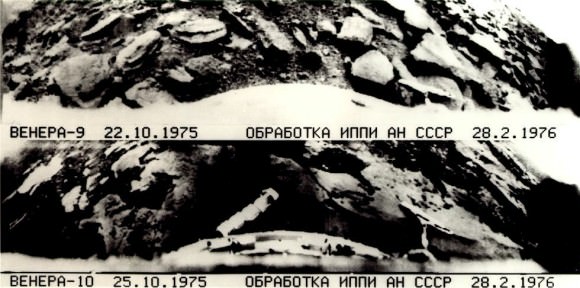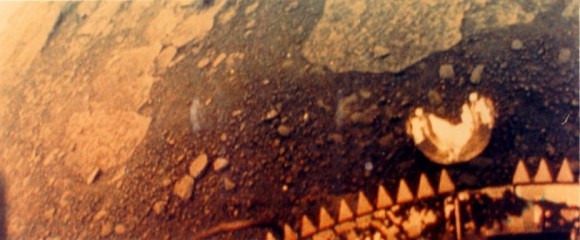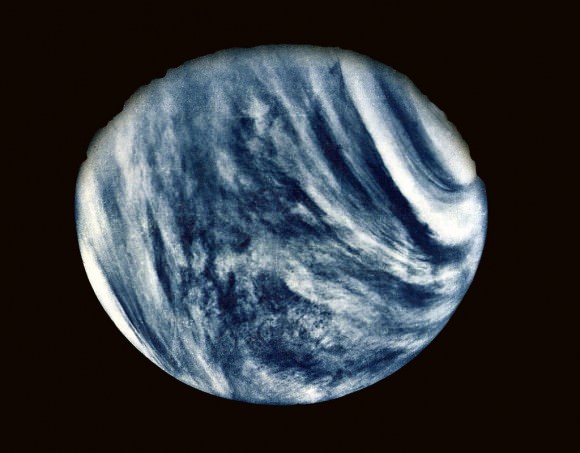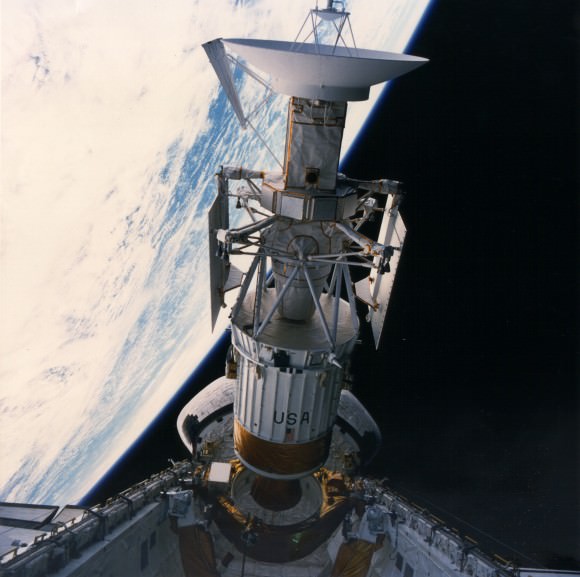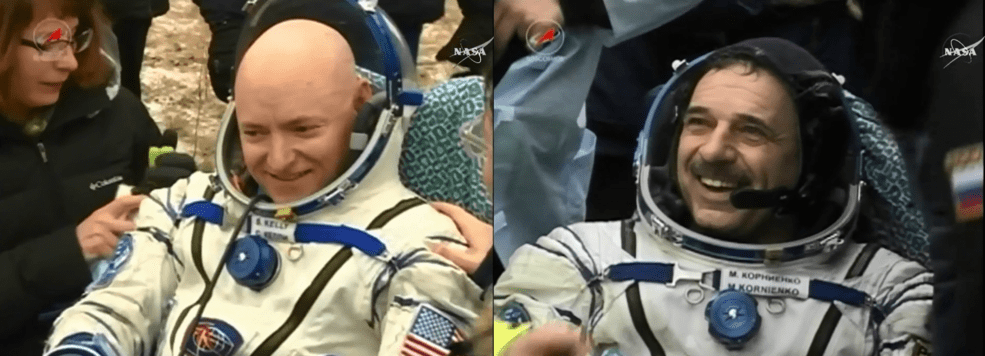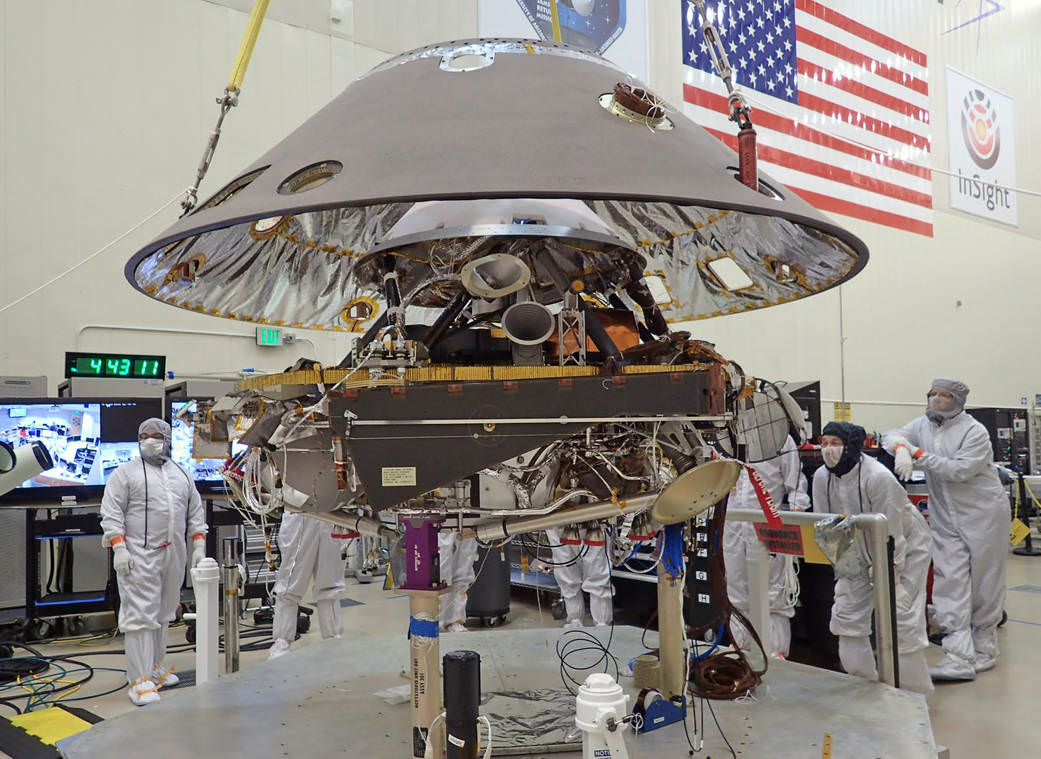
The Insight Mars lander has been saved from mission termination and will live to launch another day two years from now, NASA managers just announced following a thorough three month investigation into the causes of the last moment snafu involving the failure of its French-built seismometer science instrument that last December forced the agency to cancel its planned liftoff this month.
NASA is now targeting a new launch window that begins May 5, 2018, for the Interior Exploration using Seismic Investigations, Geodesy and Heat Transport (InSight) mission aimed at studying the deep interior of Mars.
The May 2018 launch amounts to an unavoidable 26 month launch delay from the originally planned launch on March 4, 2016. Because of the immutable laws of orbital mechanics, launch opportunities to the Red Planet only occur every 26 months.
Since InSight would not have been able to carry out and fulfill its intended research objectives because of a vacuum leak in its defective seismometer instrument, NASA managers had no choice but to scrub this year’s launch and its outlook for a future revival seemed potentially uncertain at best in today’s constrained budget environment.
“The spacecraft had been on track to launch this month until a vacuum leak in its prime science instrument prompted NASA in December to suspend preparations for launch,” said NASA officials.
The leak, if left uncorrected, would have rendered the flawed probe useless to carry out the unprecedented scientific research foreseen to measure the planets seismic activity and sense for “Marsquakes” to determine the nature of the Red Planet’s deep interior.
“The science goals of InSight are compelling, and the NASA and CNES plans to overcome the technical challenges are sound,” said John Grunsfeld, associate administrator for NASA’s Science Mission Directorate in Washington.
“The quest to understand the interior of Mars has been a longstanding goal of planetary scientists for decades. We’re excited to be back on the path for a launch, now in 2018.”

InSight is now slated for a Mars landing on Nov. 26, 2018.
The seismometer instrument is named Seismic Experiment for Interior Structure (SEIS) and was provided by the Centre National d’Études Spatiales (CNES) – the French national space agency equivalent to NASA. SEIS is one of the two primary science instruments aboard InSight. The other instrument measuring heat flow from the Martian interior is provided by the German Aerospace Center (DLR) and is named Heat Flow and Physical Properties Package (HP3).
“InSight project managers recently briefed officials at NASA and France’s space agency, Centre National d’Études Spatiales (CNES), on a path forward; the proposed plan to redesign the science instrument was accepted in support of a 2018 launch,” said NASA.
JPL will assume lead responsibility for insuring that the SEIS instrument operates properly with no leak.
The cost of the 2 year delay is still being assessed but expected to be in the tens of millions of dollars, likely over $100 million. How that will be payed for has yet to be determined.
Lockheed Martin is the prime contractor for InSight and will place the spacecraft in storage while SEIS is fixed and until the 2018 launch date nears.
“We’re delighted that NASA has approved the launch of the InSight mission in May 2018,” Stu Spath, Lockhhed Martin spacecraft program manager told Universe Today.
“Currently, we are preparing the spacecraft to go into storage at our Space Systems facility near Denver.”
“Our team worked hard to get the InSight spacecraft built and tested, and although InSight didn’t launch this year as planned, we know ultimately the scientific knowledge it will bring us is crucial to our understanding of how Mars and other rocky planets formed.”

InSight is funded by NASA’s Discovery Program of low cost, focused science missions along with the science instrument funding contributions from France and Germany.
Stay tuned here for Ken’s continuing Earth and planetary science and human spaceflight news.

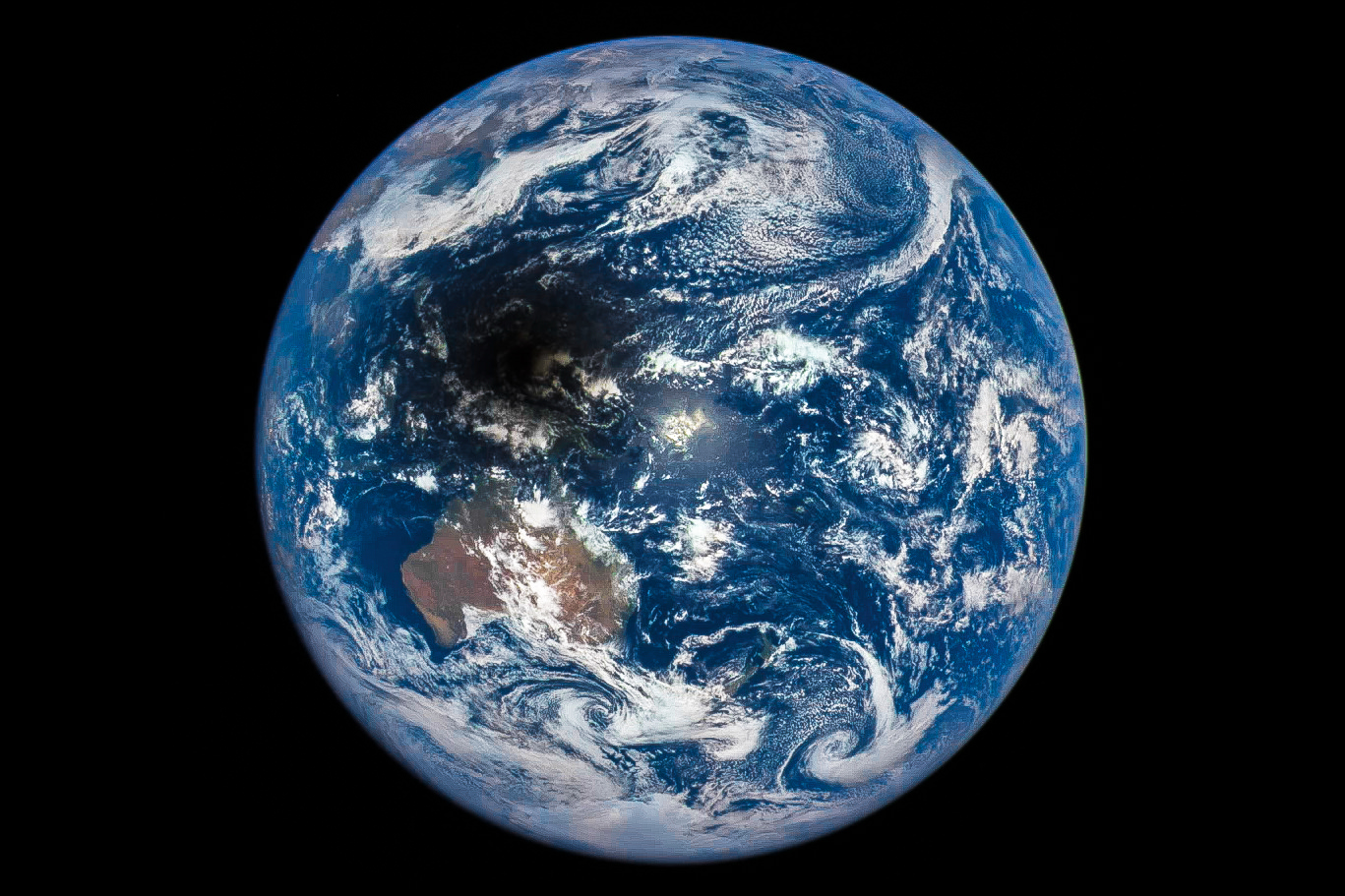
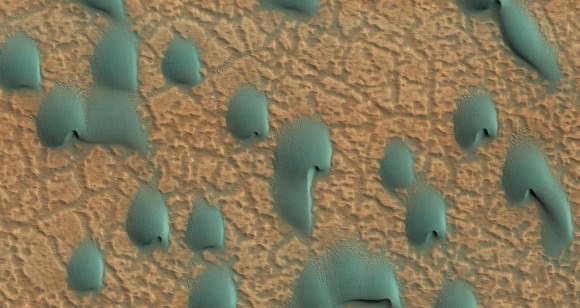 Martian Eye Candy: A beautiful picture of some dunes on the surface of Mars. Thanks MRO! (Image: NASA/JPL-Caltech/University of Arizona)
Martian Eye Candy: A beautiful picture of some dunes on the surface of Mars. Thanks MRO! (Image: NASA/JPL-Caltech/University of Arizona)

